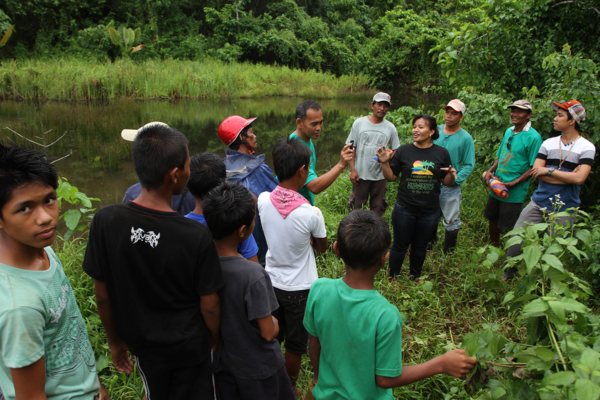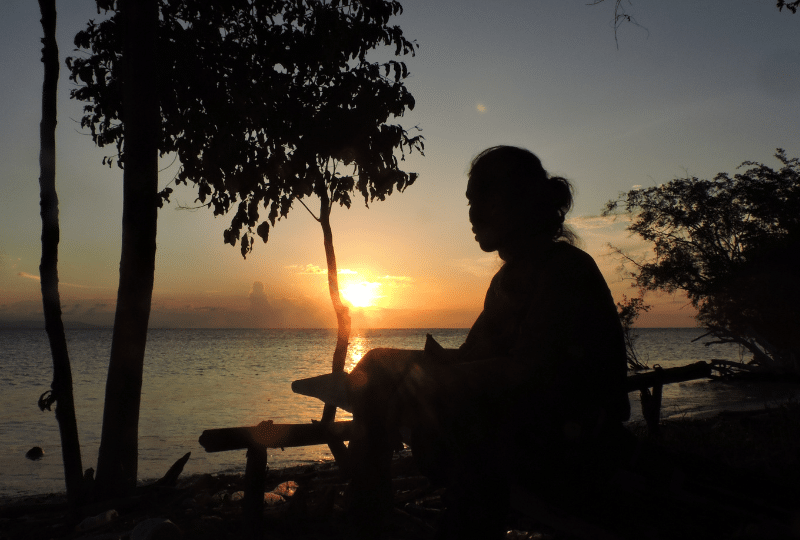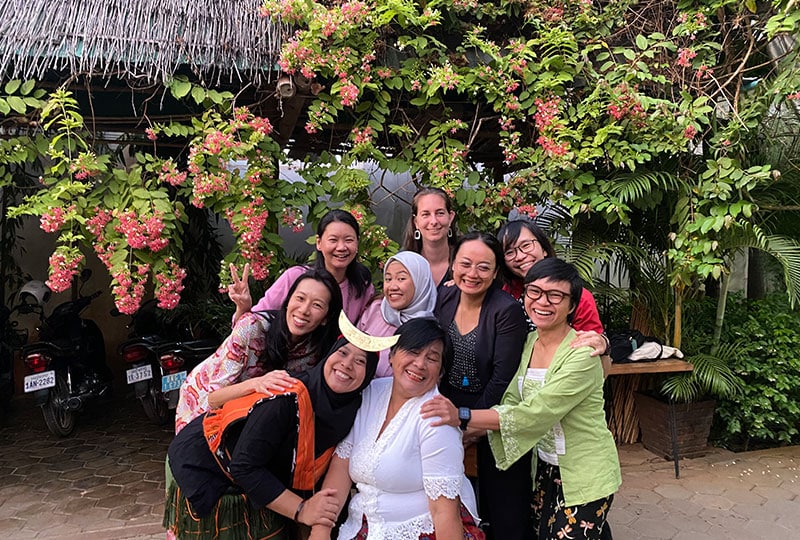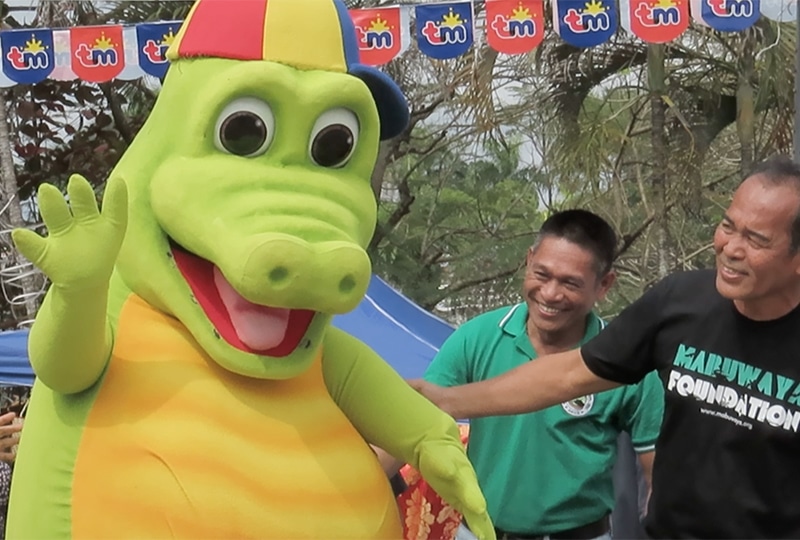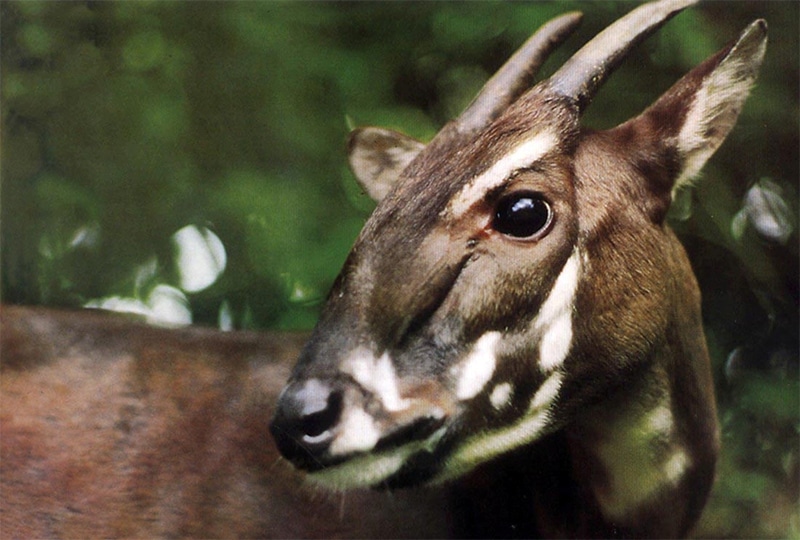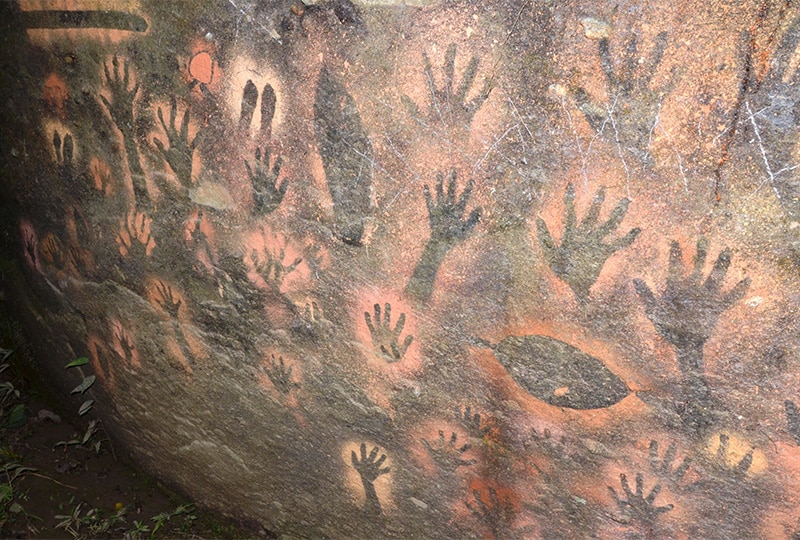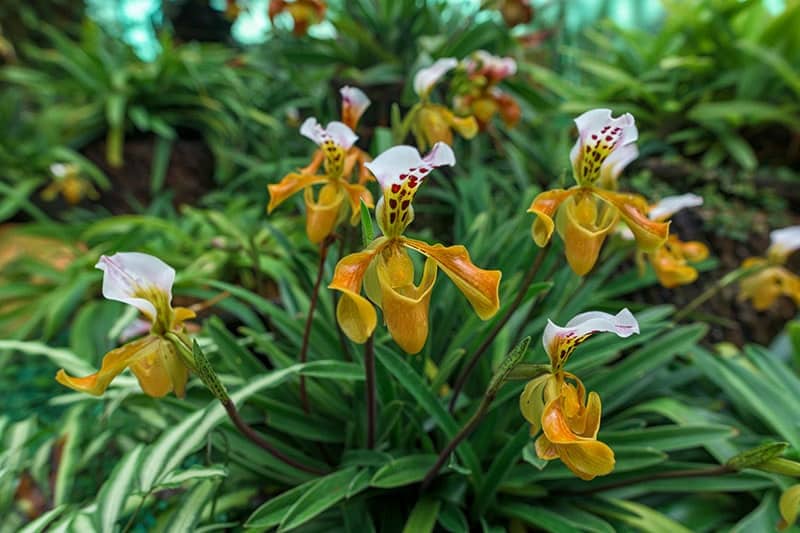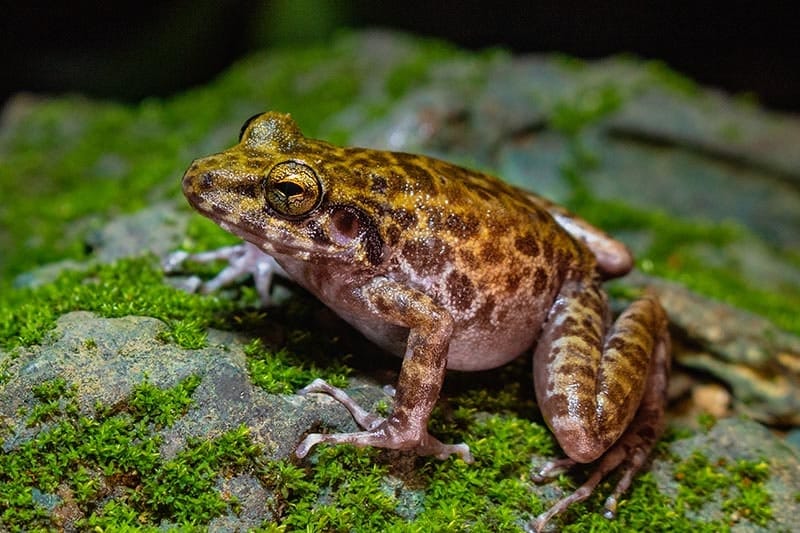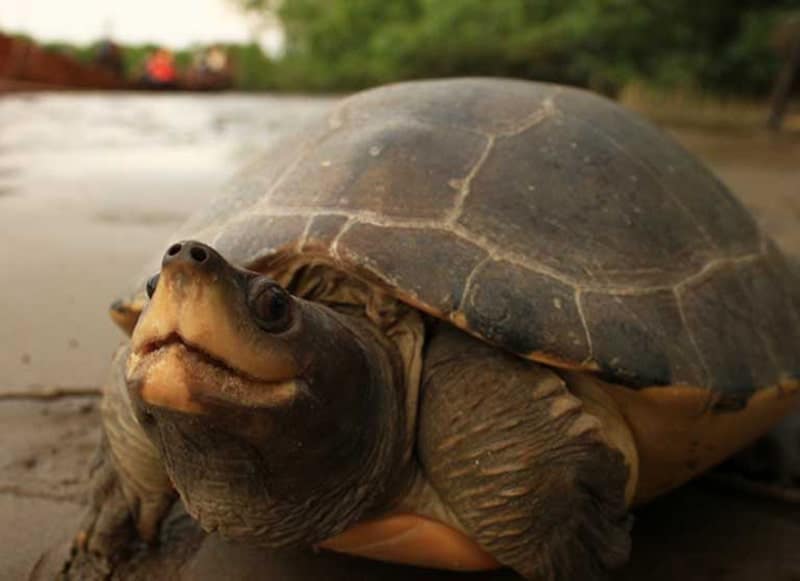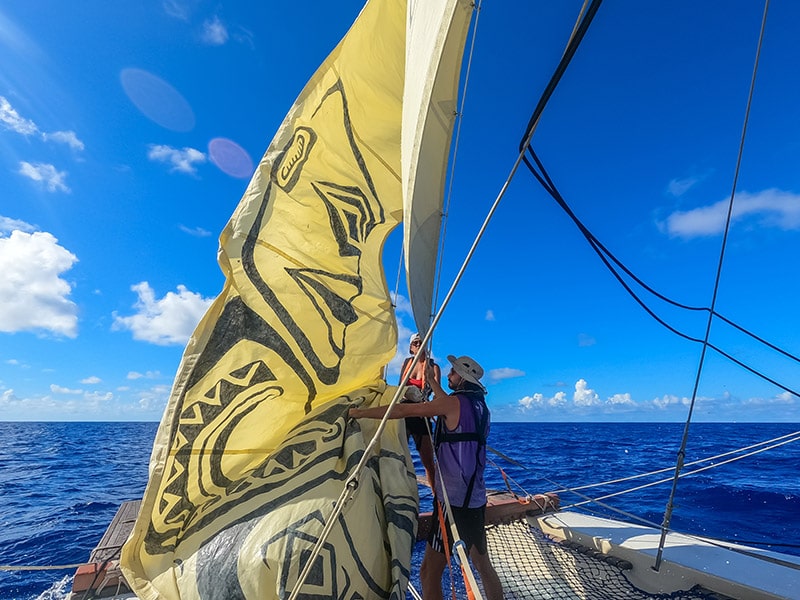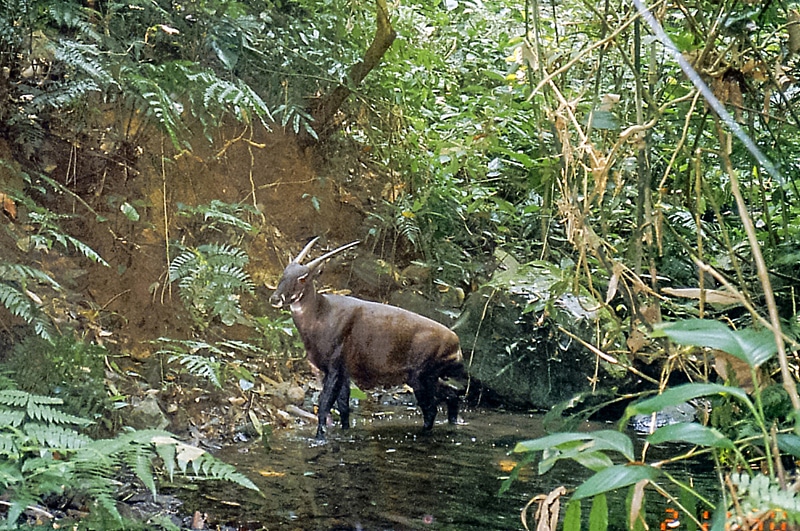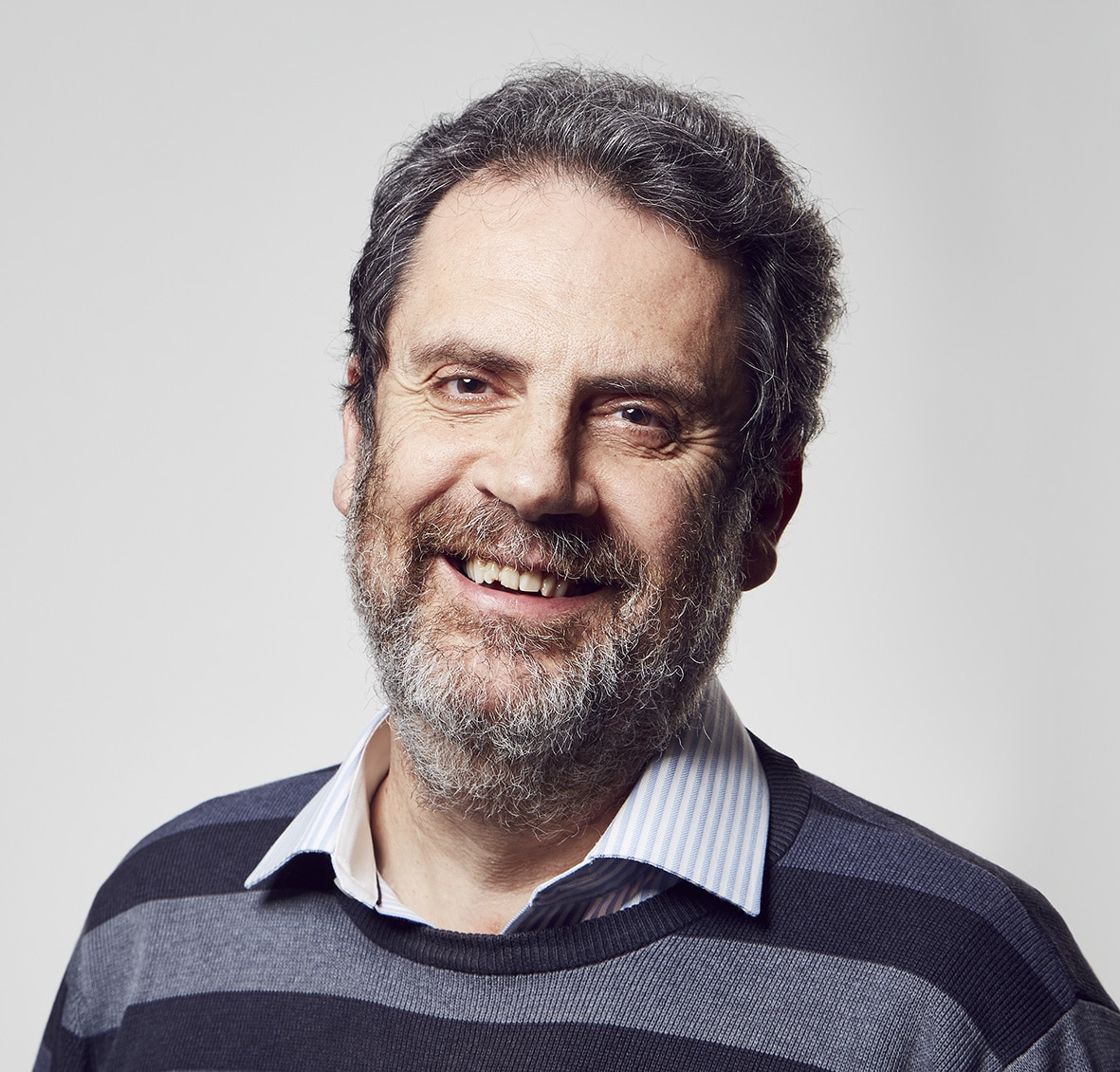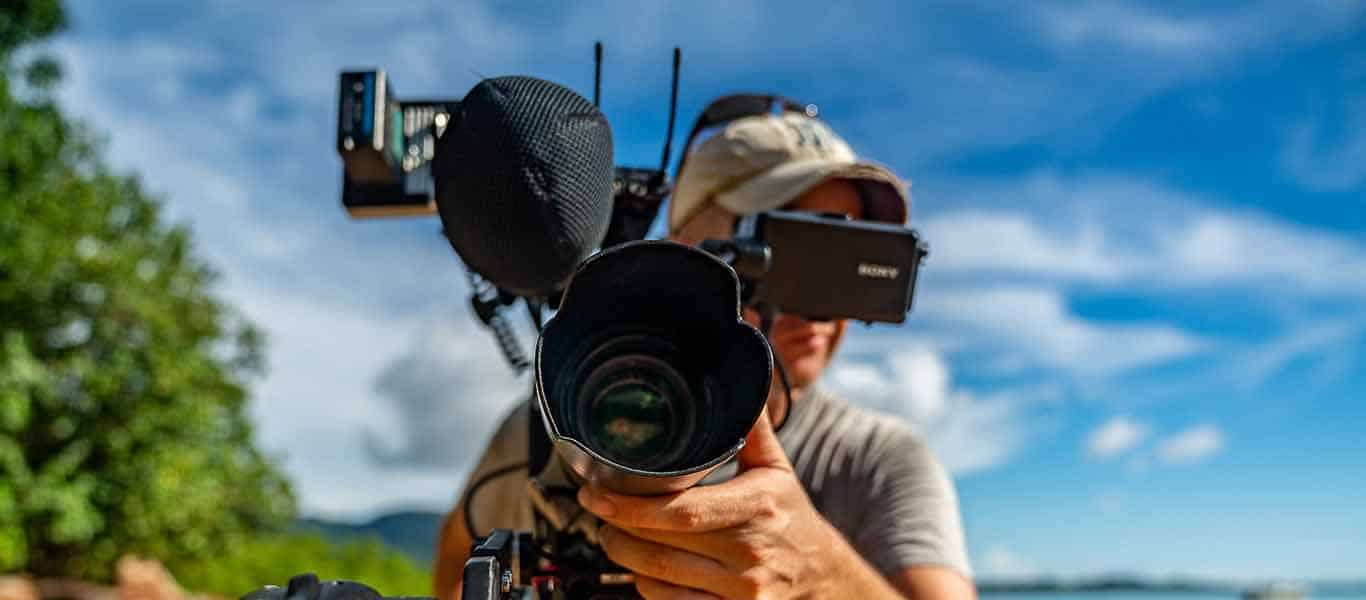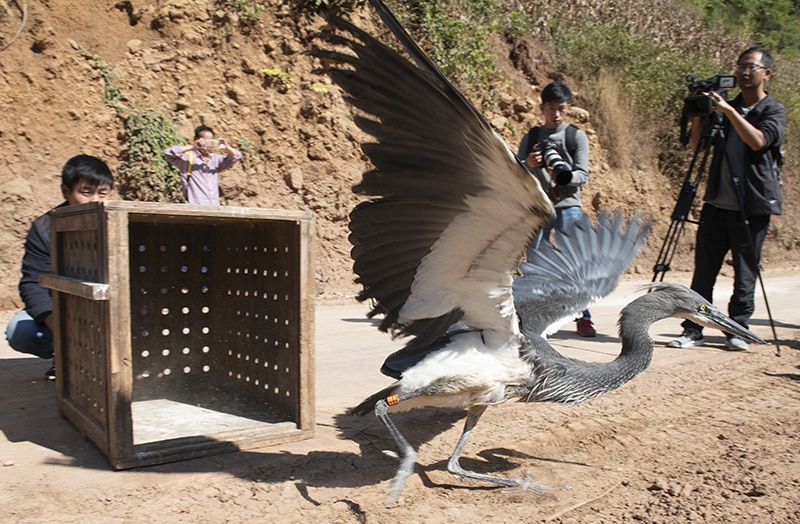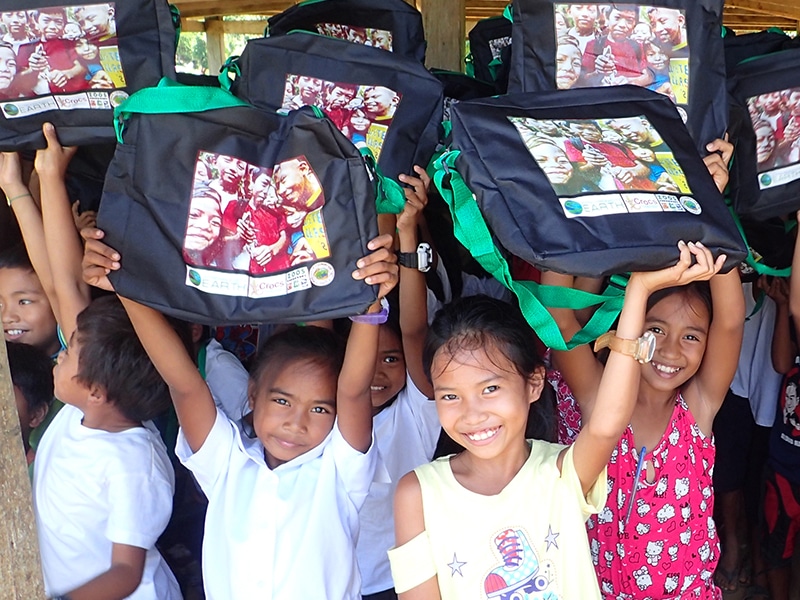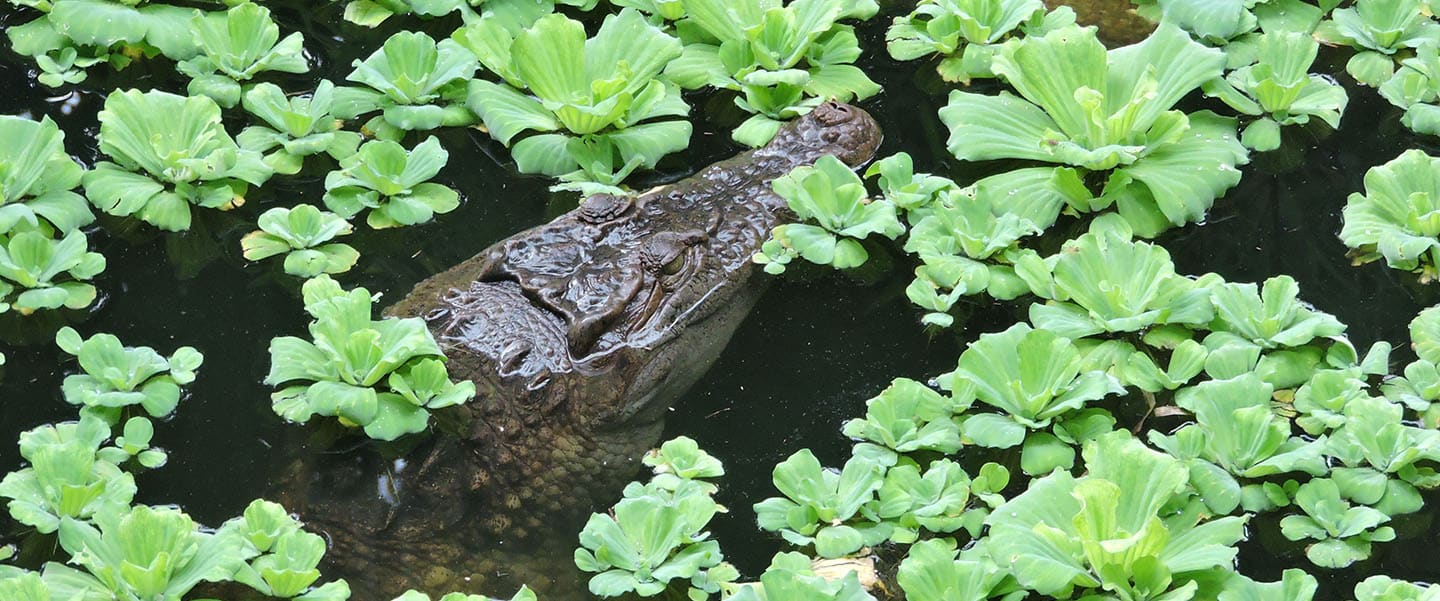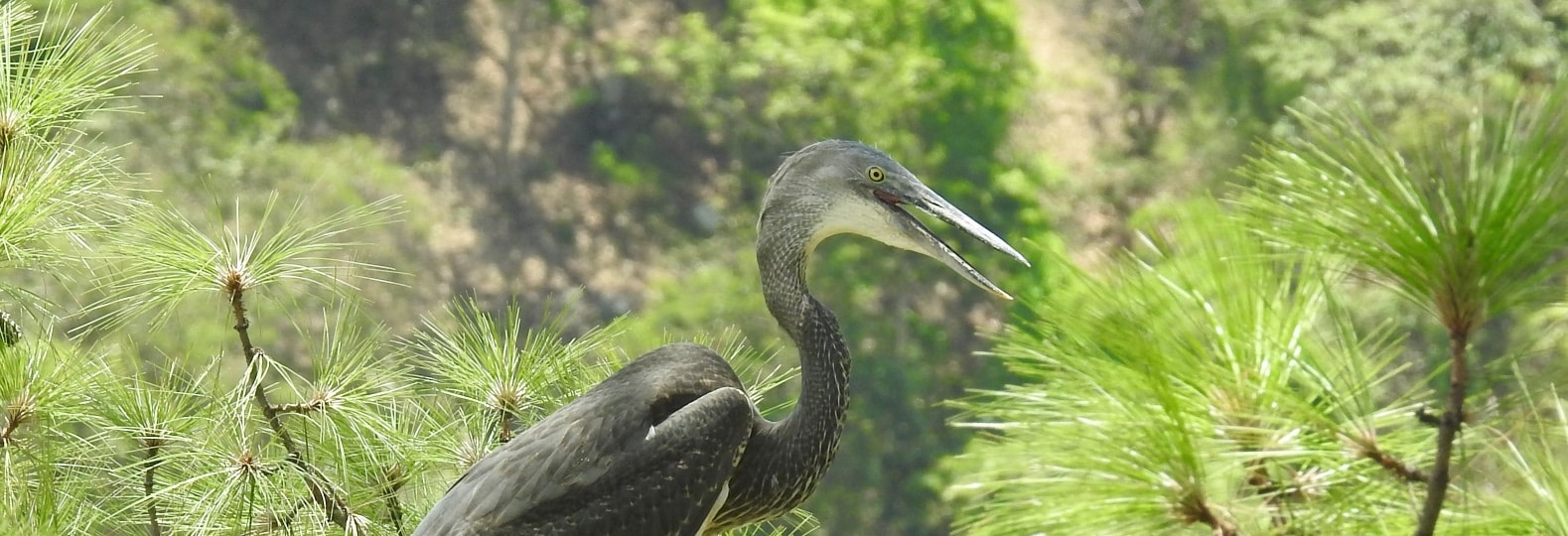Addressing threats to species in Southeast Asia
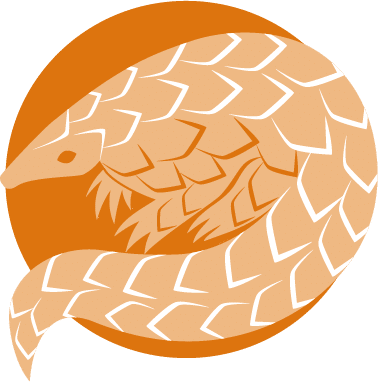
Southeast Asia is hugely rich in biodiversity and is home to a vast range of threatened and endemic species. There is a relatively short history of conservation across much of the region, and therefore a limited skills base. Much conservation is still of limited effectiveness, and there is a generally low level of public awareness of species loss. Overall, the species in this region face higher levels of threat than in neighbouring parts of Asia or other parts of the tropics.
Our Programme
The Asian Species Programme aims to address an urgent extinction crisis. Southeast Asia has suffered ever-increasing ecosystem loss (particularly of forests and wetlands), as well as escalating pressure from hunting and wildlife harvest. This has resulted in a shocking number of species being at risk of extinction – for example, almost 30% of mammals are listed as threatened in the region. The mission of the Asian Species Programme is to catalyse conservation efforts for the most threatened and overlooked species in Asia, mobilising resources and capacity to reverse their decline.
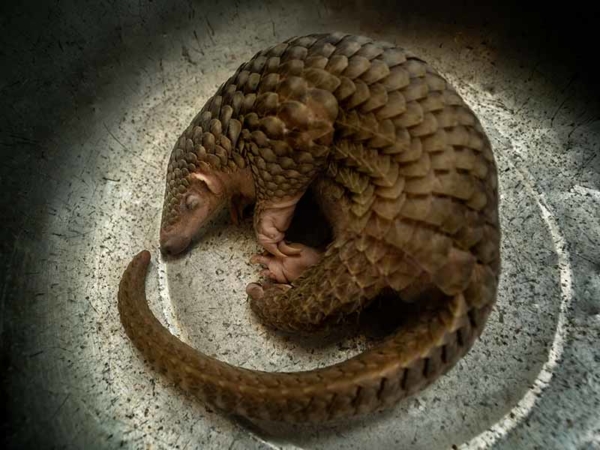
Protecting Species
Providing direct support for species conservation, in particular in Indonesia, the Philippines and Vietnam.
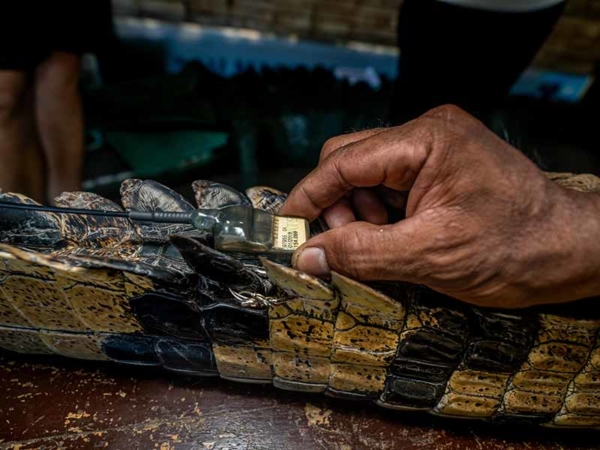
Advancing Knowledge
Increasing and improving knowledge and research on species and ecosystems across Southeast Asia.
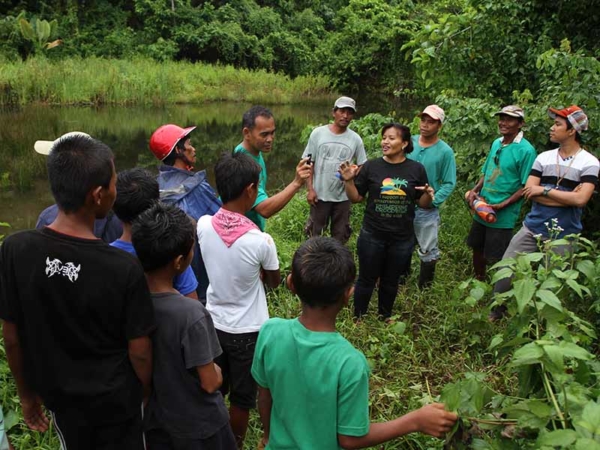
Building Capacity
Building species conservation capacity with selected partner organisations across Southeast Asia.
* Images (L to R): Chris Scarffe; Chris Scarffe; Mabuwaya Foundation
“When we started the conservation project, we used to hear comments like ‘These people are crazy, why do they work for the conservation of an animal that eats people?’ and you would hear them laugh. In the Philippines, these crocodiles have an image problem.”
– Marites (Tess) Gatan Balbas, Mabuwaya Foundation
Partner Profile: Mabuwaya Foundation
The Mabuwaya Foundation started conserving the Critically Endangered Philippine crocodile in 2003, with just 24 known individuals in the wild. The population is slowly recovering with about 100 crocodiles now. According to Tess Gatan Balbas, Executive Director of Mabuwaya, “the best way to conserve the unique Philippine crocodile is to continue to work with communities, involving them in everything they do.”
At Synchronicity Earth, we recognise the important role that long-term and flexible funding can play in saving one of the last wild populations of Philippine crocodiles from extinction whilst at the same time promoting sustainable local livelihoods.
“The biggest problem for wildlife conservation in Vietnam is consumption. A lot of people use wildlife for traditional medicine, meat consumption, as pets and for many other things. To protect local wildlife we need to raise awareness among local people, reduce demand and work to improve law enforcement to protect the animals we have in the wild.”
– Thai Nguyen Van, Founder, Save Vietnam’s Wildlife
Spotlight on Species: Sunda pangolin (Manis Javanica)
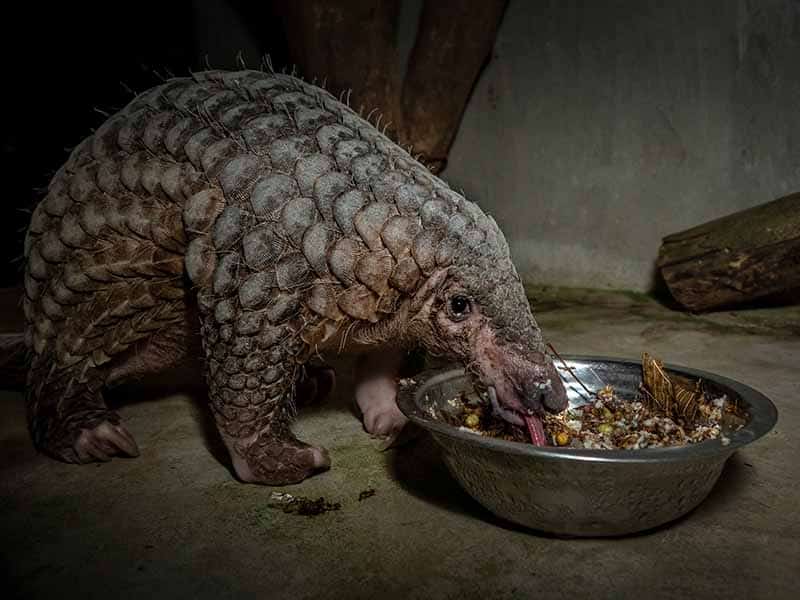
Sunda pangolin © Chris Scarffe
Image © Chris Scarffe
The Sunda pangolin (Manis javanica), which can be found across Southeast Asia, is classified as Critically Endangered due to illegal wildlife trafficking. Our partner, Save Vietnam’s Wildlife (SVW), has been actively working to prevent the illegal trade of the Sunda pangolin and has developed a rescue and rehabilitation programme for this species.
Since its founding in 2014, SVW has rescued around 1,500 pangolins from the illegal trade and released a majority of these back into the wild.
Synchronicity Earth is building support for species conservation in this region, capitalising on our experience and track record in identifying excellent local organisations, and our model of supporting capacity development in tandem with project and core support.
Asian species news
If you are interested in supporting our Asian Species Programme, please get in touch.

